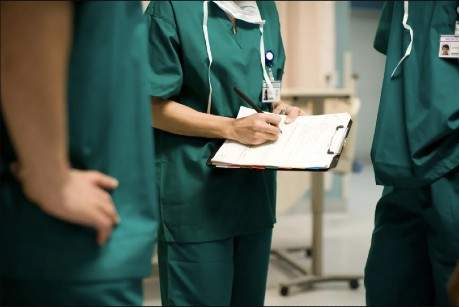
Anyone, with or without training in operating an AED, can perform first aid on patients simply by following the audio and/or graphical prompts from the AED. In regard to concerns about the public’s ability to perform first aid, it should be noted that AEDs are designed for use by members of the general public.
#Aed in cpr stands for update
Participating organisations are free to login anytime to update information of their AEDs in terms of the locations, numbers and available time.
:max_bytes(150000):strip_icc()/how-to-do-cpr-1298446-4a04444fabe0467aa9194a9161e5cdb2.png)
#Aed in cpr stands for download
The public may access the site anytime, anywhere directly via browsers of mobile phones, computers or other mobile devices without the need to download any apps or software, or register in advance. CARE is designed to facilitate timely public access to information of AEDs available for use when situation warrants.ĬARE is an open online information platform. In the initial stage, the platform collects, and makes available for public use, details of over 900 AEDs scattered throughout Hong Kong, which are provided voluntarily by participating government departments and organisations. In sync with the programme is the launch of an FSD-developed online information platform, named "Centralized AED Registry for Emergency” (CARE). With the image of the character "Anyone” incorporated in the design, this AED sign on FSD vehicles is intended to help spread the message that "Anyone can use an AED” and reassure the public that fire personnel stand ready to provide immediate assistance with the use of AED during emergencies. The department has also put up an AED sign on over 600 FSD vehicles usually equipped with an AED.
.png)
#Aed in cpr stands for install
Under the programme, the FSD has taken lead to install AEDs outside over 100 fire stations and ambulance depots across the territory for public emergency use. The objective is to expedite life-saving treatment and put the lives of the public under even better protection. On top of that, the programme sets out to encourage and educate the public to locate and use an AED as quickly as possible in case of emergency. The programme, which is led by the FSD with support from various government departments, as well as public and private organisations, aims at incrementally increasing the number of AEDs to be set up across the territory that can be readily accessed anywhere by anyone. It is in this context that the CEPD launches the "AED Anywhere for Anyone” (AAA) Programme in June, 2021. In a bid to enhance the efficiency of saving the lives of such patients, the Community Emergency Preparedness Division (CEPD) of the Fire Services Department (FSD) has been vigorously exploring ways to improve the accessibility of AEDs for public use in cardiac arrest cases. Performing Hands-only CPR is much better than giving no CPR to a victim of cardiac arrest.Administration of cardiopulmonary resuscitation (CPR) with the aid of an automated external defibrillator (AED) is the most effective way to rescue cardiac arrest patients. Research suggests that many people are reluctant to perform CPR due to the requirement to give rescue breaths to a stranger. Hands-only CPR involves only performing chest compressions and not giving rescue breaths. More recently, there has been a push to teach members of the public Hands-only CPR.

Heart-lung resuscitation would be another way to describe cardiopulmonary resuscitation, however, CPR is the current accepted medical term. In effect, by performing CPR, you are taking over the job of the patient’s heart and lungs. Traditional CPR involves giving chest compressions (pumping the heart) and rescue breaths (breathing into the lungs) to keep blood flowing around the body. Cardiopulmonary (CP)Ĭardiopulmonary refers to the heart (cardio) and lungs (pulmonary). Let’s take a closer look at what the individual words mean in CPR and how you can help a victim of sudden cardiac arrest. Performing CPR in the minutes following a cardiac arrest can significantly increase the victim’s chances of survival.


 0 kommentar(er)
0 kommentar(er)
